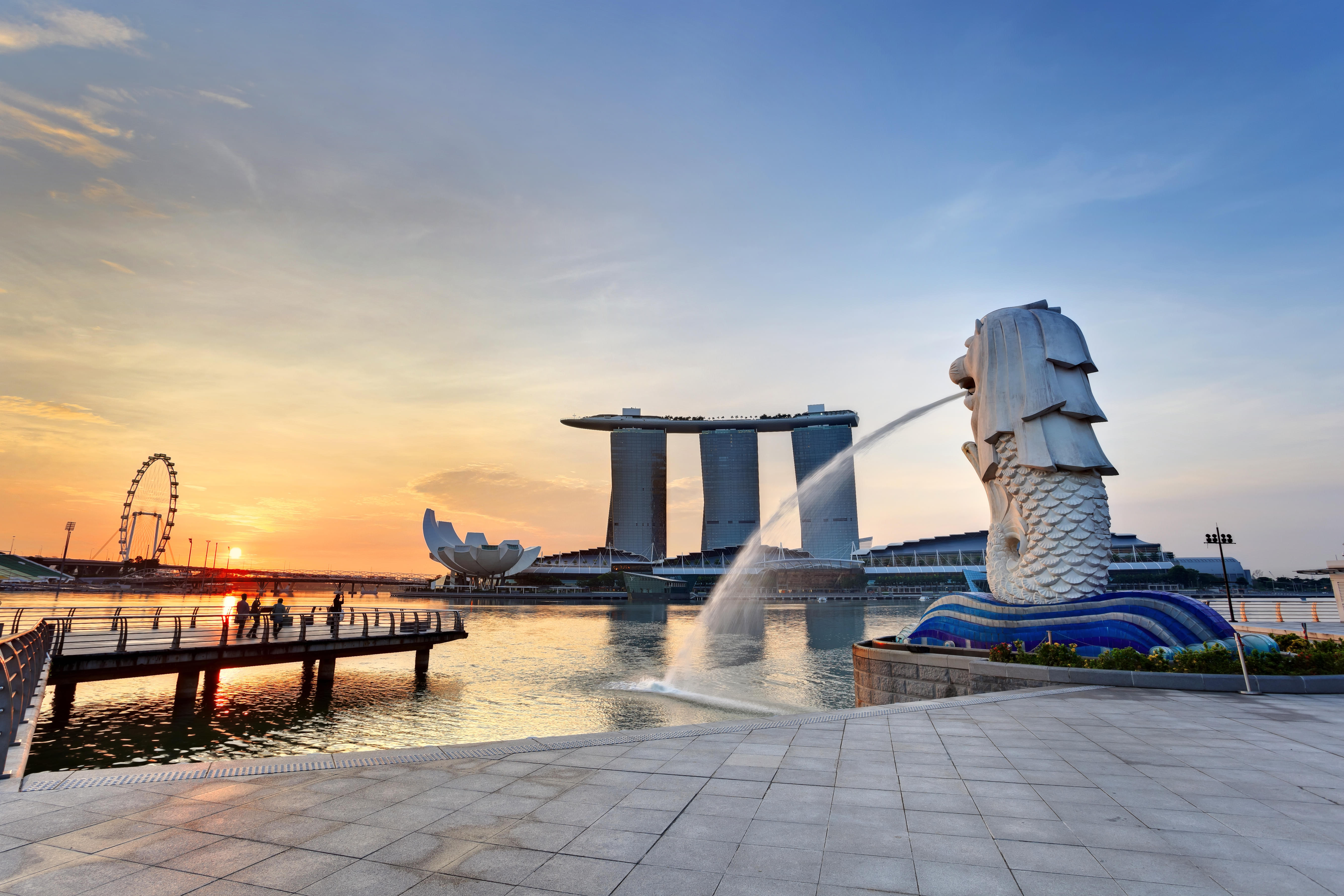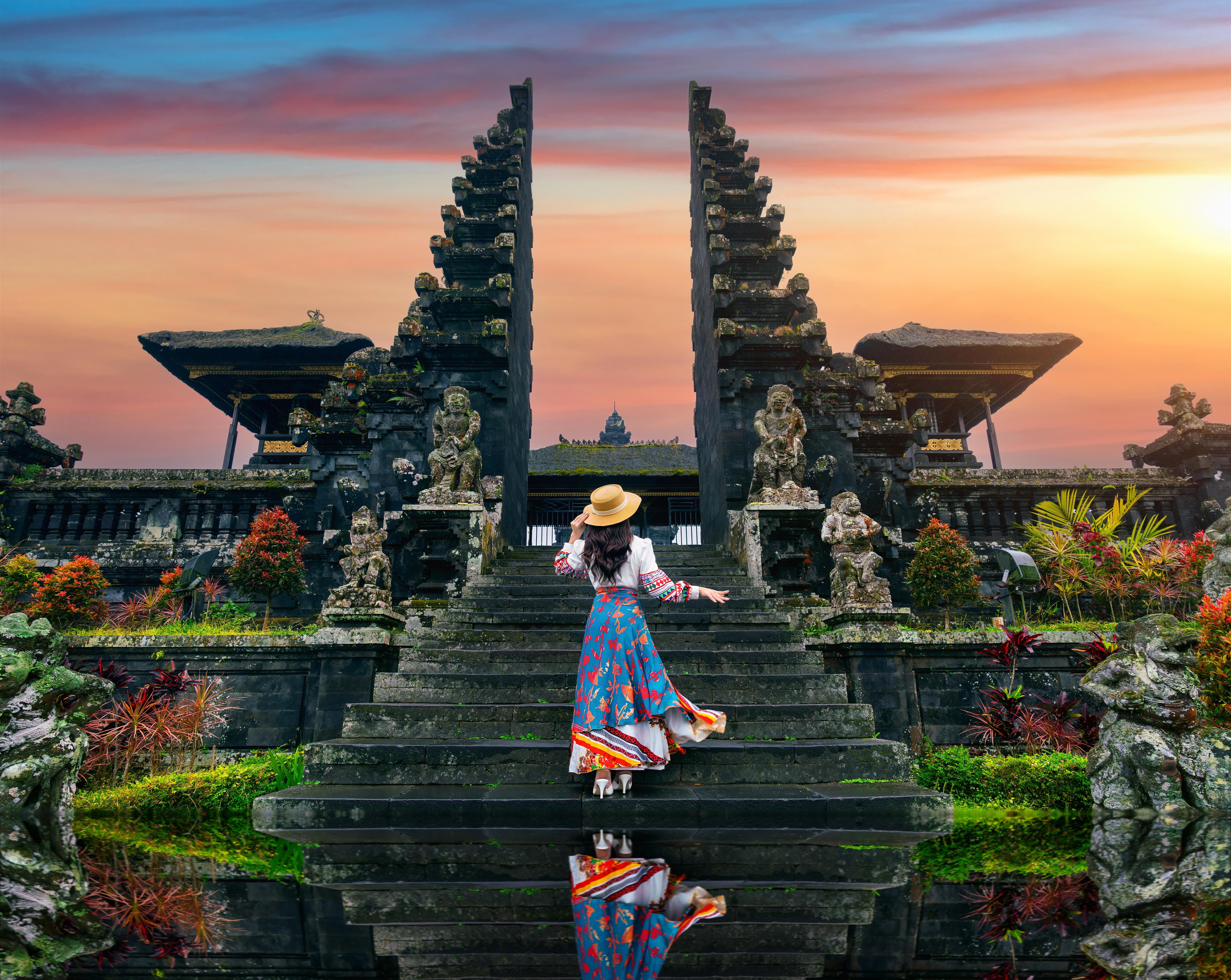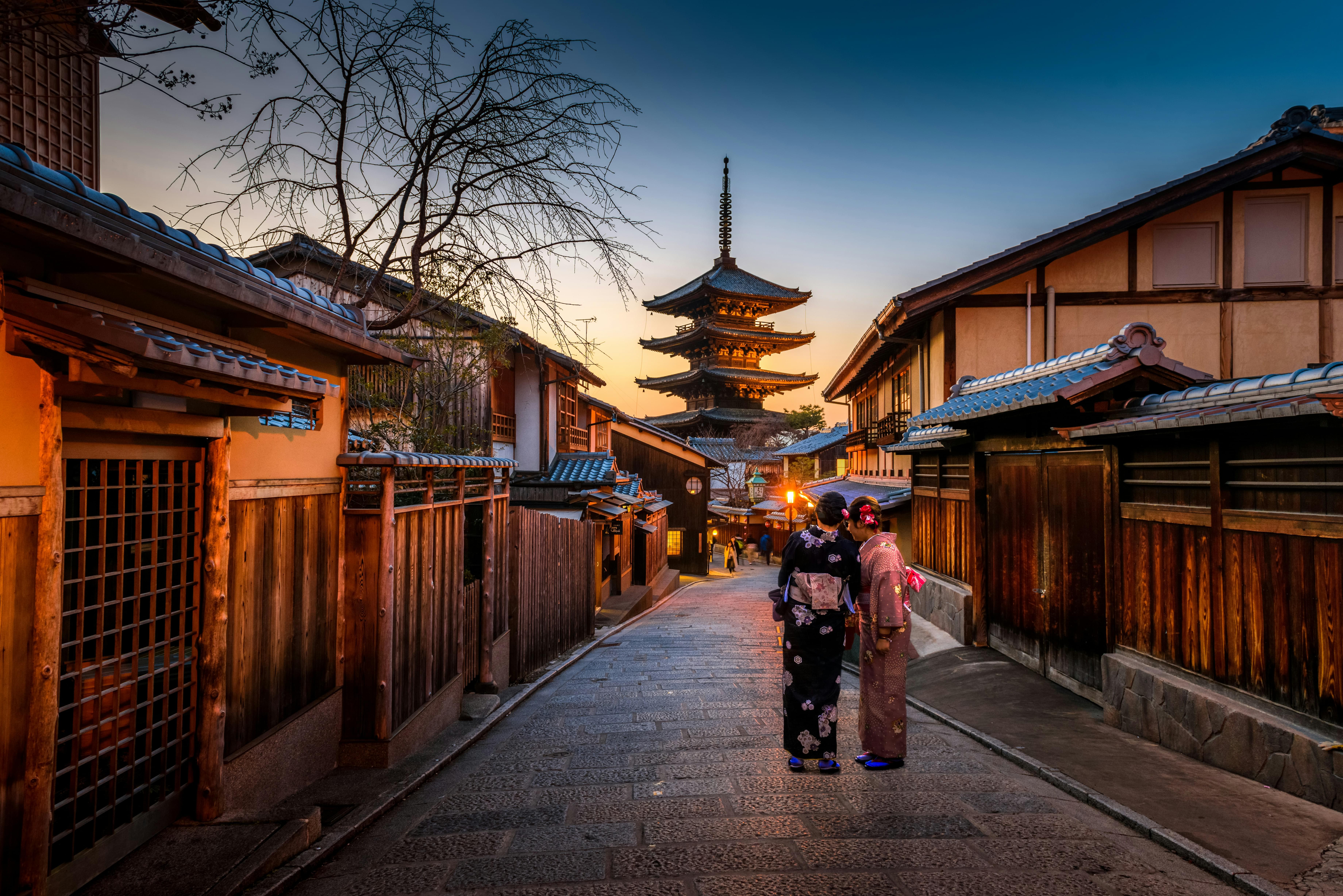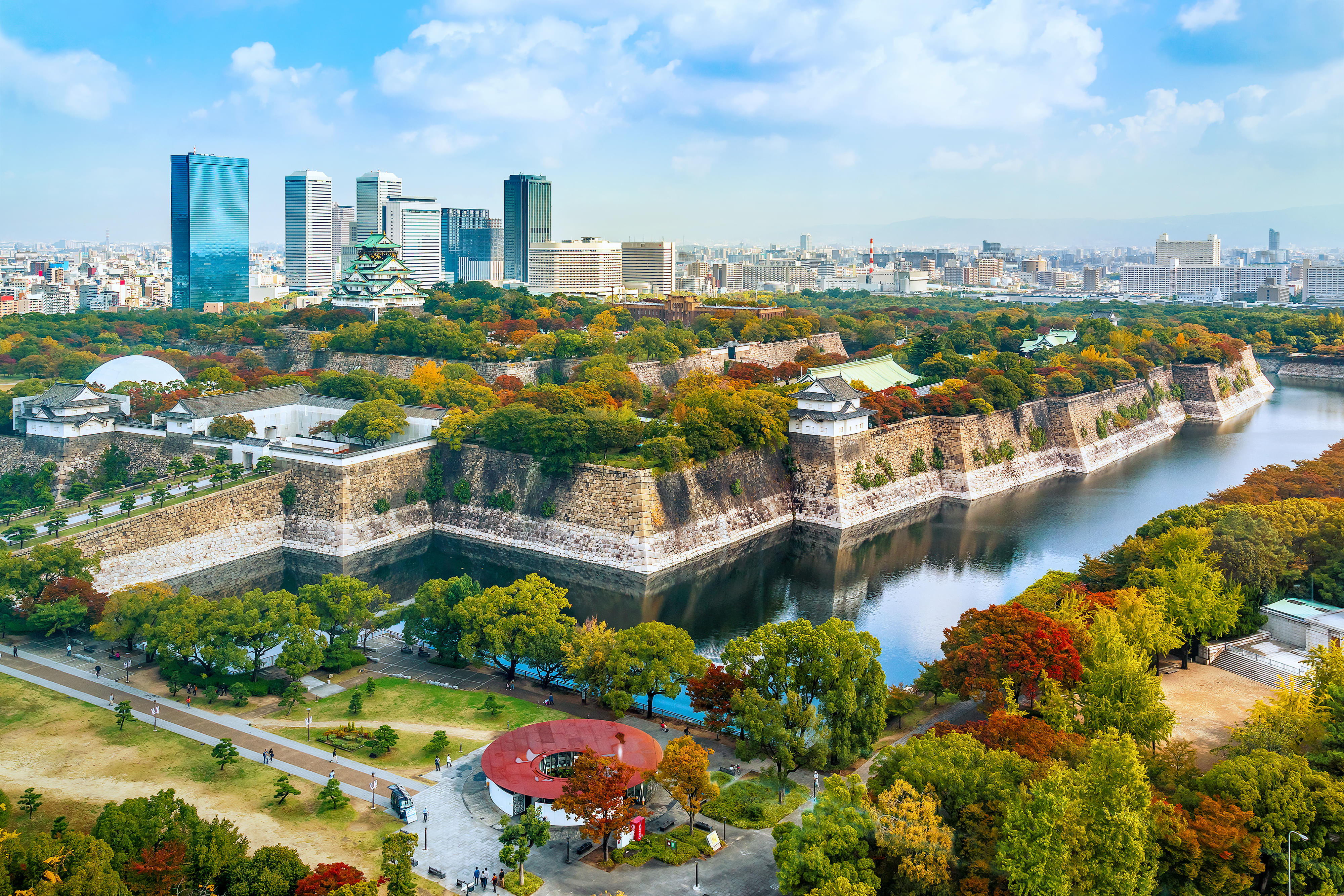About Taiyuinbyo Mausoleum
The mausoleum is filled with a lot of sculptures worth having a look at and a leisurely visit to this place can take up to 30 minutes. Although Iemitsu could have built this mausoleum in a much grander way, he refused to as a sign of respect for his grandfather. The gates leading to the entrance of the Mausoleum is declared as a Important Cultural Property as declared by the Japanese government.
Taiyuinbyo Mausoleum Highlights
• Walk to the Mausoleum by checking out the four different types of gates in front of the mausoleum.
• Check out the different types of guardian deities that guard the mausoleum from evil spirits.
• Visit the prayer hall and marvel at the grand interior architecture of the hall, ranging from intricate designs to dragon sculptures.
• Take a guided tour to explore the premises and know more about the temple, its history and architecture.
• Visit the mausoleum of Tokugawa Iemitsu and have a look at its simple architecture and design.
How To Reach Taiyuinbyo Mausoleum
- By Car: The activity location is 40 km from the city centre, it will take 47 min via Route number 119.
- By Bus: Take a bus to X station which is Y feet away from the museum. You can reach the activity location from the bus station with a Z-minute walk
- By Train/Metro: Take a train to X station which is Y feet away from the museum. You can reach the activity location from the train station with a Z-minute walk
Best Time To Visit Taiyuinbyo Mausoleum
Taiyuinbyo Mausoleum is open throughout the year, so you can plan your visit to this place at any time of the year.
- The best season to visit Taiyuinbyo Mausoleum will be the summer season from March to June because this is the time when the climate is pleasant.
- The best day in the week will be the weekdays due to less crowds regardless of any time of the year.
- The best time of the day to visit Taiyuinbyo Mausoleum will be in the morning due to less crowds and a favourable temperature.
Taiyuinbyo Mausoleum Other Essential Information
- The overall time taken to explore the Mausoleum can take up to 30 minutes, so plan your visit accordingly.
- Try planning a visit to this place during the autumn season to see the fall colours of the temple premises.
- The temple is open from 8 pm to 4 pm, so plan your travel to the temple accordingly.
- You will have to pay at least 550 Yen to enter the premises of the Mausoleum, so be prepared accordingly.
Walk through the gates
You will have to cross 4 gates to get to the Mausoleum and all of these gates are intricately decorated. You can find different types of sculptures and guardian deities at these gates. The locals believe that these deities play a crucial role in keeping evil spirits away from the temple. These gates are some of the most sought after spots in the Mausoleum, so do have a look when you plan a visit.
Visit the prayer hall
The prayer hall of the mausoleum is known for its intricate architecture. With a lot of ornate decorations, the hall has more than 140 dragons adorning the premises and date back to the Edo period. The dragons here are designed by the Kano family and are found on both the walls and ceiling. The hall is also grandly designed with a lot of rich and colourful patterns worth having a look at.
Take a guided tour
This is usually the most sought after experience when visiting the Mausoleum. These tours are led by experienced guides who unveil all secrets of the shrine. From interesting facts about the history and architecture to even unique facts of this place, there is a lot to know. You can find guided tours available in English and are available in both groups and individual tours. For a much better experience, do ask a lot of questions about the shrine to the guides and they will be glad to answer.

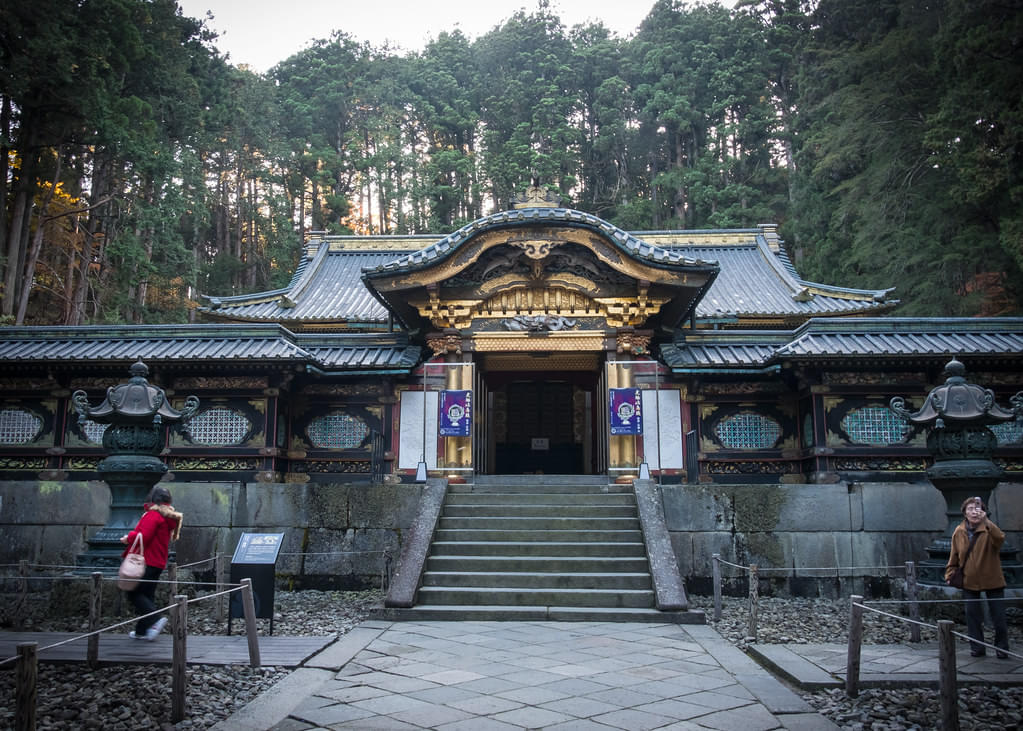
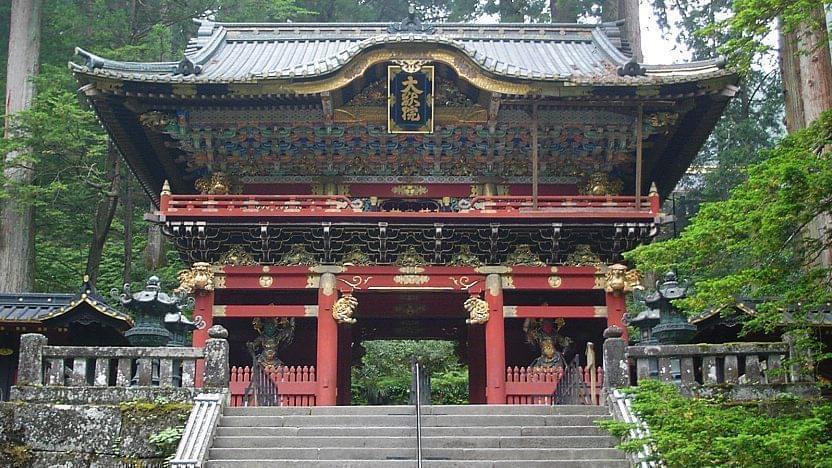
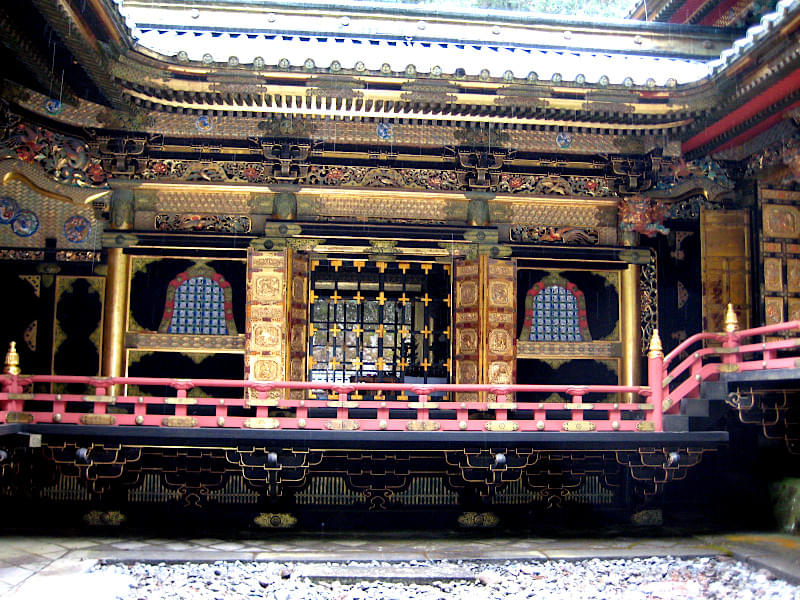

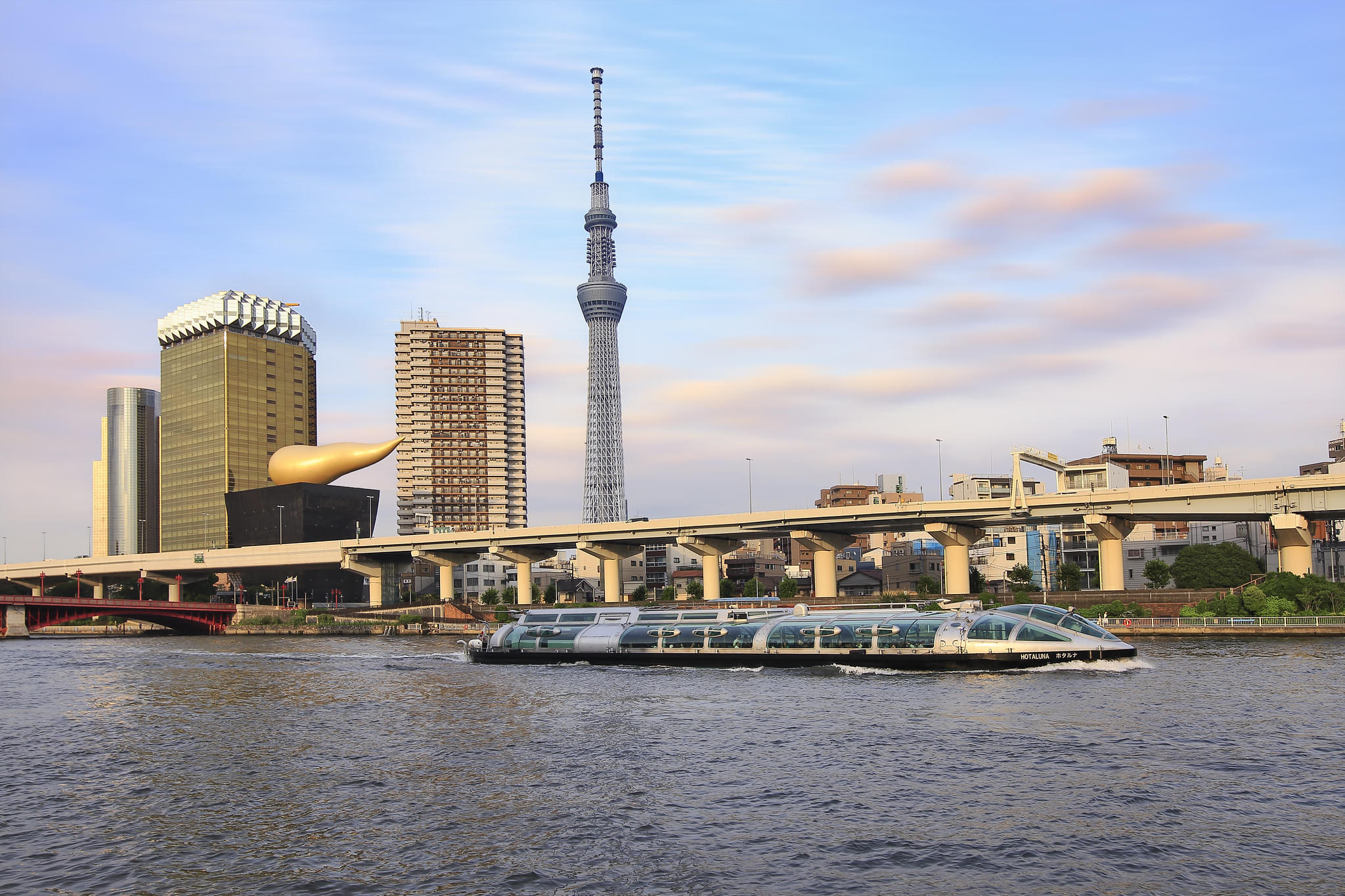

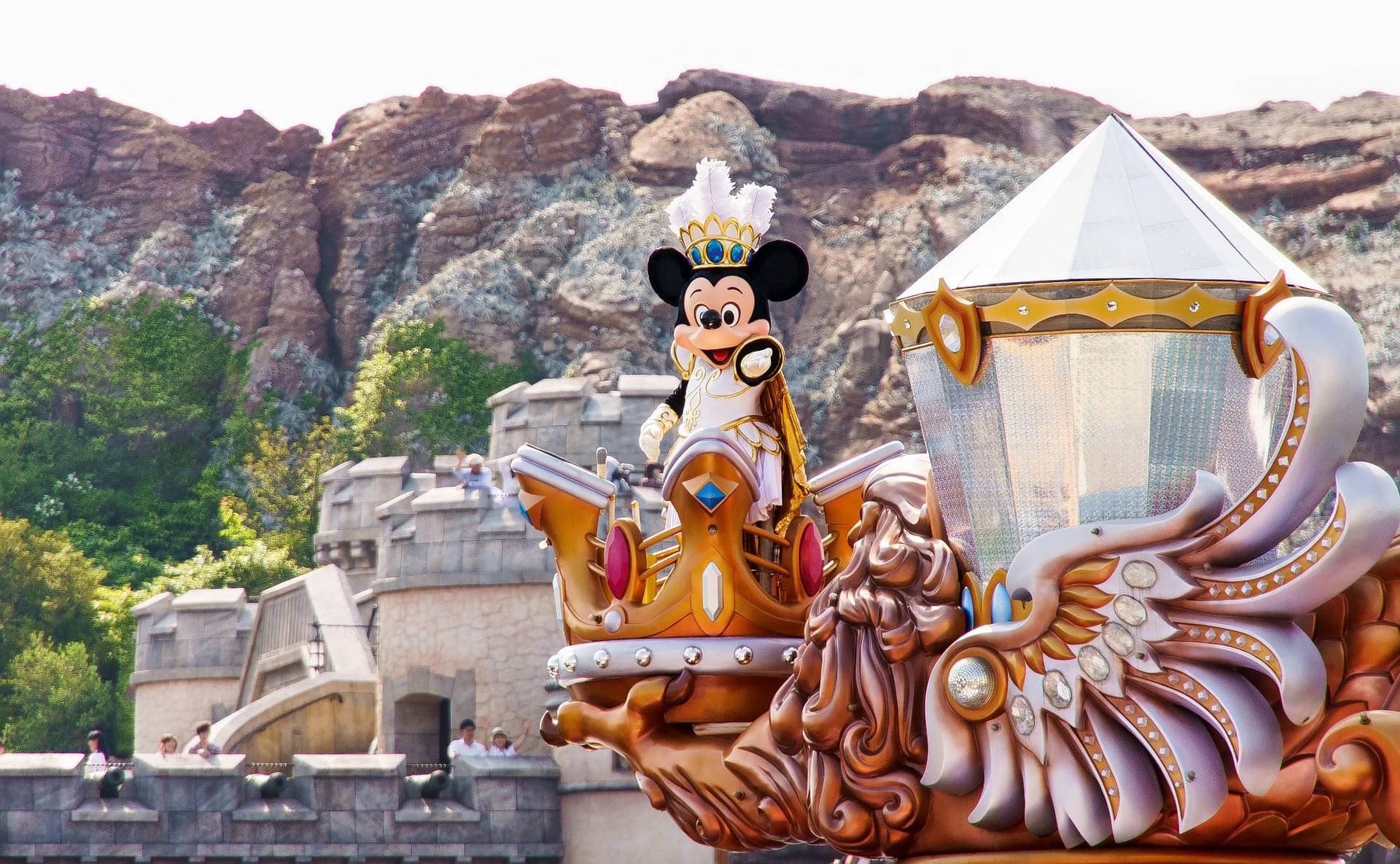
.jpg)
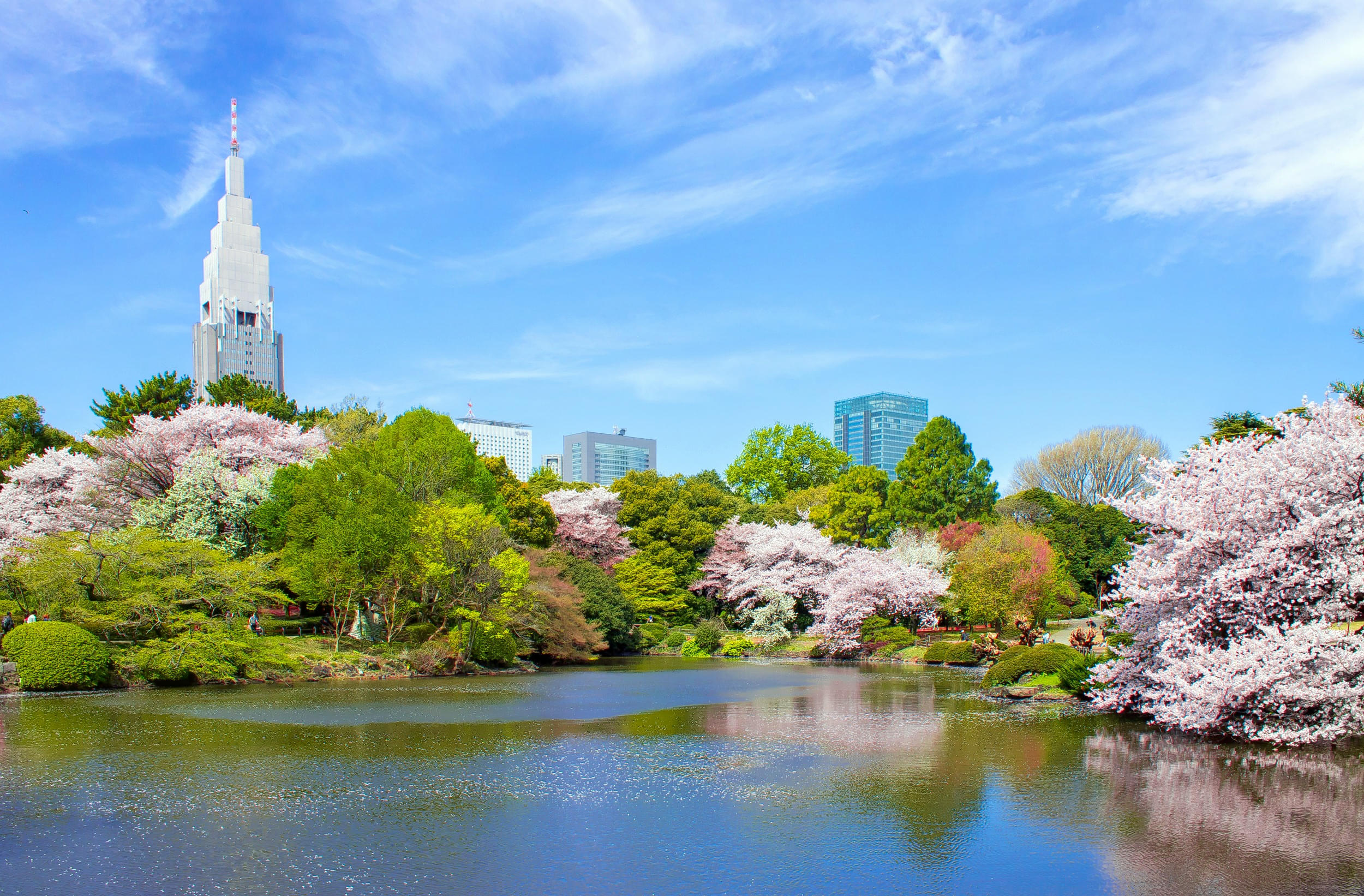
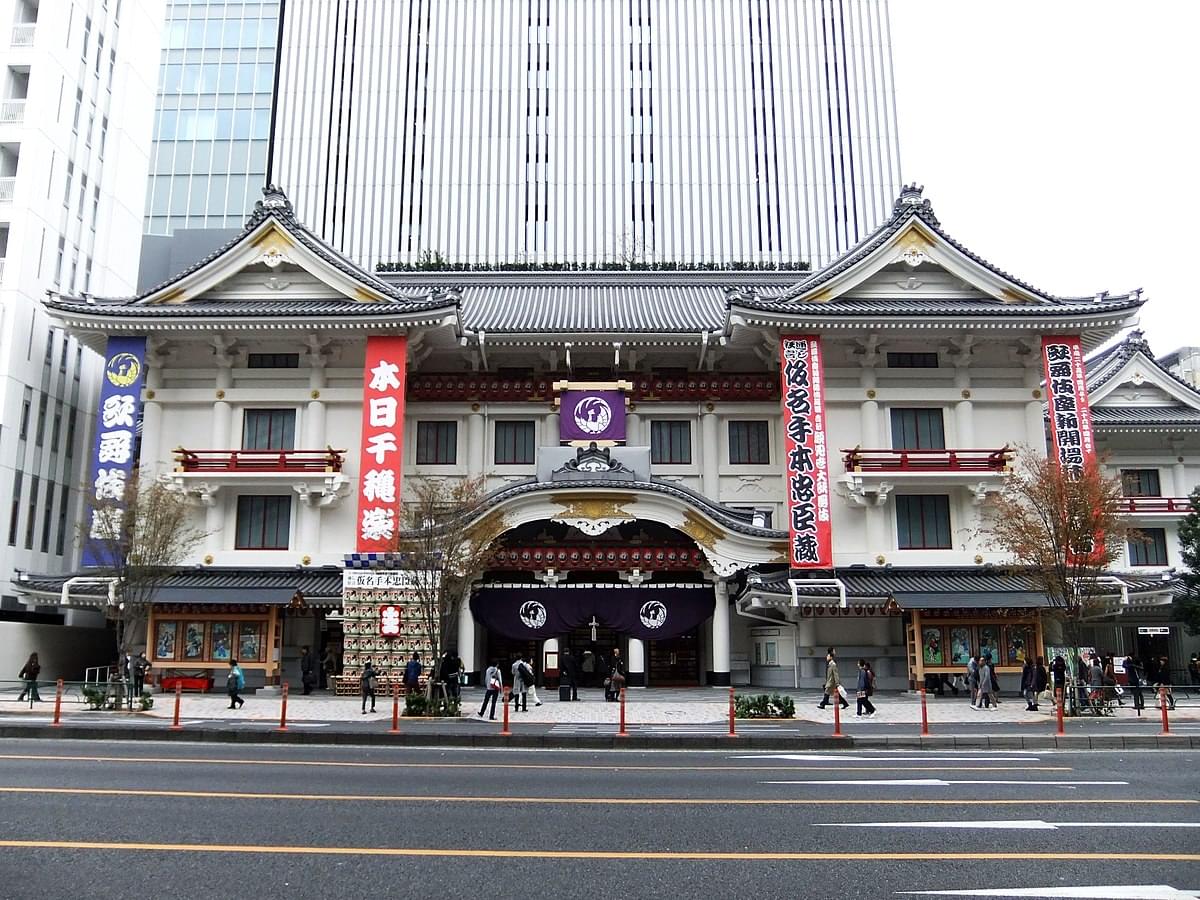

.jpg)
